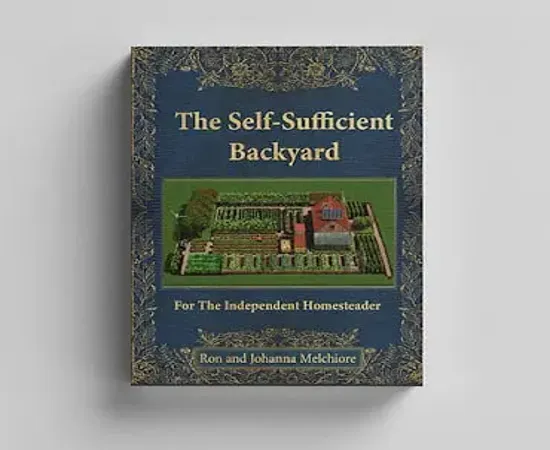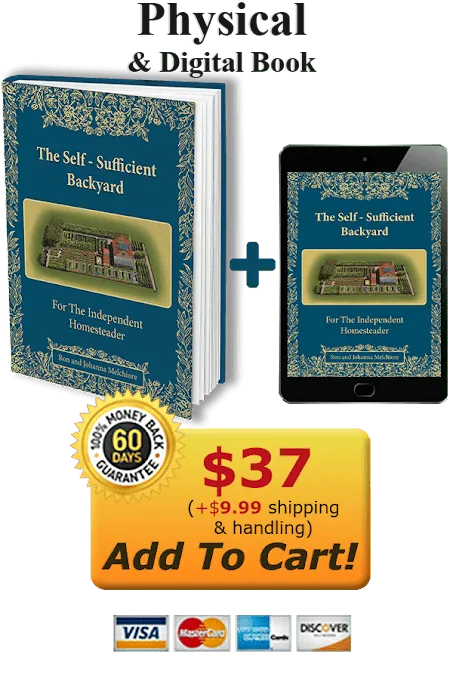Benefits
Transforming your backyard into a self-sufficient space offers numerous benefits:
- Reduced grocery bills by growing your own food
- Increased mental well-being through gardening
- Environmental sustainability by reducing carbon footprint
- Self-reliance and resilience in times of crisis
- Connecting with nature and promoting biodiversity
Where can I purchase Self Sufficient Backyard?
If you’re interested in diving deeper into creating a self-sufficient backyard, you can purchase the book “Self Sufficient Backyard” online through various platforms like Amazon or directly from the authors’ website.
Five FAQs
1. Is a self-sufficient backyard achievable for beginners?
Yes, with proper guidance and dedication, anyone can start their journey towards a self-sufficient backyard, regardless of their experience level.
2. Do I need a large backyard to be self-sufficient?
No, even a small backyard or balcony can be transformed into a productive space with the right planning and techniques.
3. How much time does it take to maintain a self-sufficient garden?
The time commitment varies based on the size of your backyard and the complexity of your setup. However, regular maintenance is key to a successful self-sufficient garden.
4. Can I save money by growing my own food in the backyard?
Absolutely! Growing your own fruits, vegetables, and herbs can significantly reduce your grocery expenses over time.
5. Are there any books or resources to guide me in creating a self-sufficient backyard?
Yes, there are several resources available, including the popular book “Self Sufficient Backyard” by Ron and Johanna, which provides valuable insights and tips.
Introduction
Welcome to the world of self-sufficient backyards where nature meets sustainability and innovation. Imagine stepping outside your door and being greeted by a thriving garden filled with fresh produce, buzzing bees, and the soothing sounds of nature. Creating a self-sufficient backyard is not just a trend but a lifestyle choice that offers a plethora of benefits for you and the environment.
Detailed Explanation
A self-sufficient backyard is a space where you can grow your own food, harvest rainwater, generate renewable energy, and manage waste efficiently, all within the confines of your property. By adopting various permaculture principles and sustainable gardening practices, you can create a holistic ecosystem that supports itself while providing you with a bountiful harvest.
Key elements of a self-sufficient backyard include:
- Vegetable gardens and fruit trees
- Herb spirals and companion planting
- Composting bins and worm farms
- Rainwater harvesting systems
- Solar panels and renewable energy sources
- Chicken coops or bee colonies for pollination
By integrating these elements and practicing sustainable living, you can reduce your carbon footprint, minimize waste, and create a harmonious relationship with nature right in your own backyard.
Conclusion
In conclusion, transforming your backyard into a self-sufficient oasis is a rewarding journey that not only benefits you and your family but also contributes to a greener and more sustainable planet. Embrace the principles of self-sufficiency, experiment with different techniques, and enjoy the fruits of your labor as you witness your backyard flourish into a thriving ecosystem. Start small, dream big, and let nature guide you on this enriching path towards self-sufficiency.


